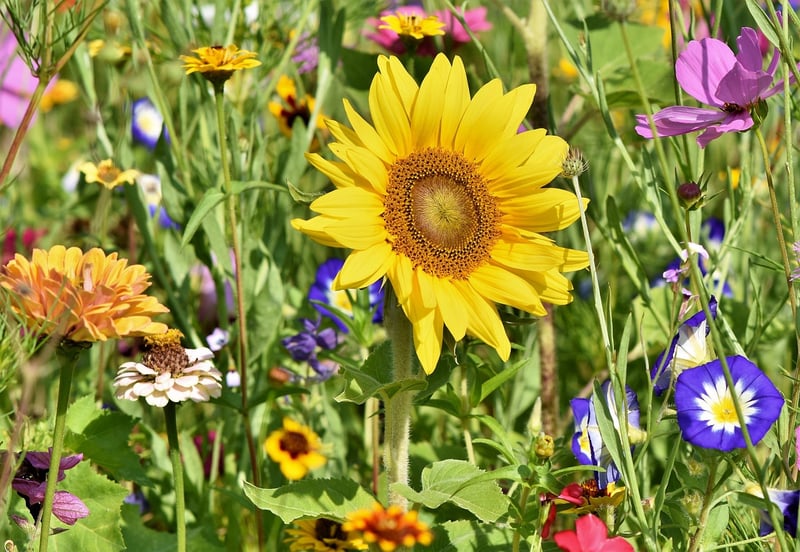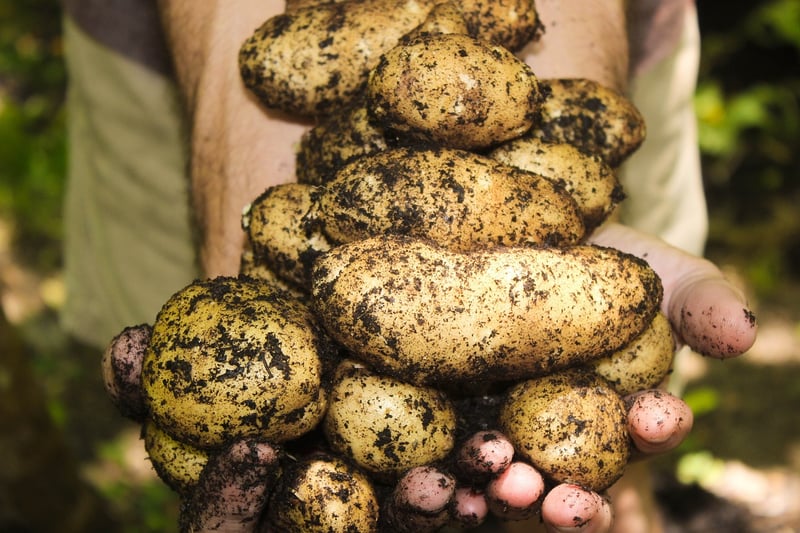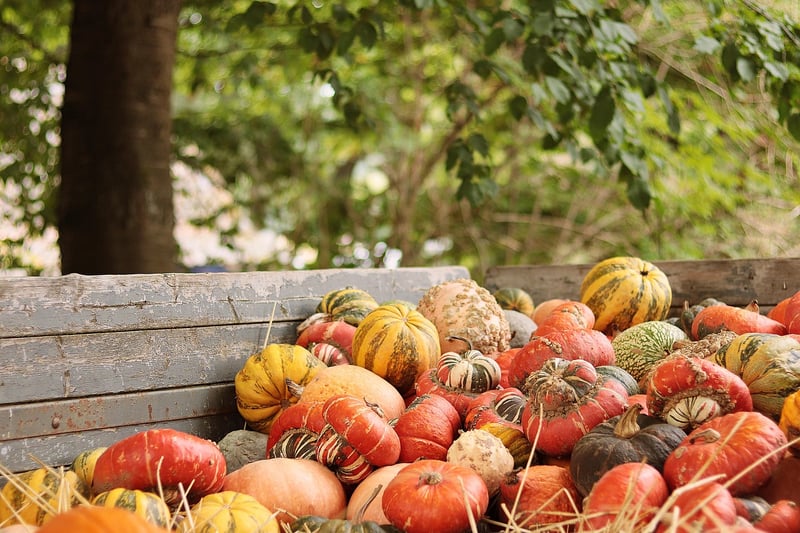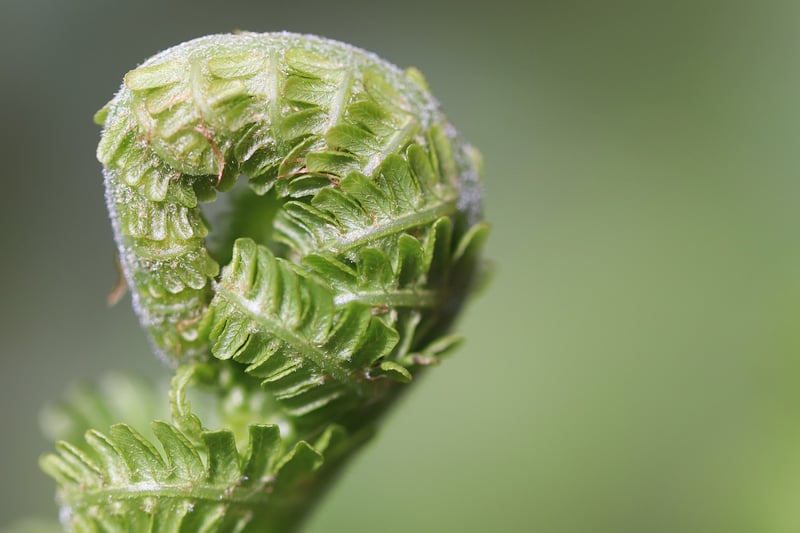Summer Harvesting Tips
Optimizing Your Garden Based on the Season
Having a thriving garden means understanding the seasonal needs of your plants. By adjusting your gardening practices according to the time of year, you can ensure your garden remains healthy and productive throughout the seasons.
Spring
In spring, focus on preparing your garden for the growing season ahead. This is the time to clean up debris, amend the soil, and start planting cool-season crops such as lettuce, spinach, and peas. Ensure your plants receive adequate water and sunlight to support their growth.

Summer
Summer is the peak growing season for most plants. Keep your garden hydrated during hot days by watering early in the morning or late in the evening to minimize evaporation. Mulch around your plants to retain moisture and suppress weeds. Harvest your summer vegetables regularly to encourage more production.
Summer Harvesting Tips
- Harvest vegetables early in the morning when they are crisp and full of moisture.
- Use sharp tools to avoid damaging plants during harvesting.
- Regularly pick fruits and vegetables to promote continuous growth.
- Check plants daily for ripe produce to prevent overripening.

Fall
As temperatures cool down in fall, focus on harvesting the last of your warm-season crops and planting cool-season vegetables such as broccoli, carrots, and kale. Clean up your garden beds and add compost to enrich the soil for the next growing season.

Winter
Winter is a time for garden maintenance and planning for the next year. Prune dormant trees and shrubs, clean and sharpen your garden tools, and start seedlings indoors for the upcoming spring. Consider cover cropping to protect and enrich your soil during the winter months.

By adapting your gardening practices to the changing seasons, you can enjoy a bountiful harvest and a healthy garden year-round.
